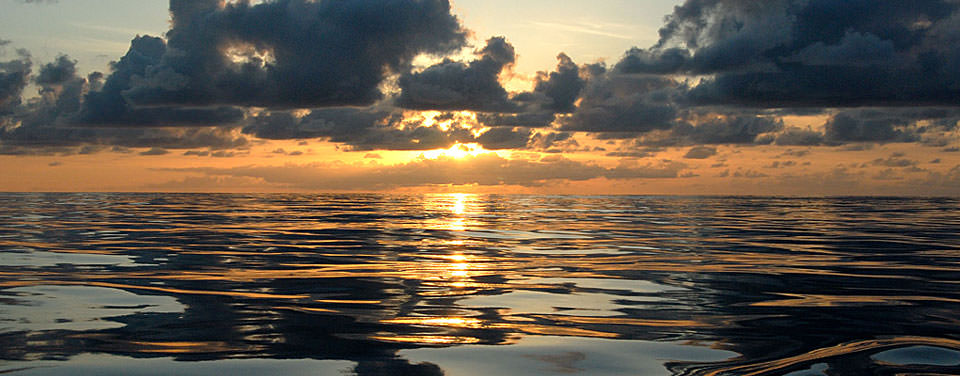Hydrology
Study of the water cycle in its natural environment, inland water processes in solid, liquid and gaseous state. Aspects related to the global water balance, so the dynamic of transfer between the atmosphere continents and oceans. The hydrosphere is the body of water present, low and above the Earth’s surface.
96% of the water on land is in the oceans and seas, which cover 70% of the land surface.
Oceanic waters
Characteristics
Salinity, temperature, density and content of nutrients and gases.
The water, contained in the oceans and seas, covers 60% of the surface. It plays a fundamental role in the dynamics of planetary systems, as well as climate and atmosphere.
Salinity: It is acquired through the erosion of rocks and soil at the bottom of water streams flowing into the sea, which incorporates different types of chemical compounds, including different types of salts.
Temperature: Oceans can absorb heat faster and conserve it longer than are, making them the main regulator of the earth’s temperature. Temperature depends on location.
Density: The density of the water in the oceans varies according to its salt content and its temperature, the most salts, the density increases, higher the temperature decrease.
Nutrients: These nutrients are very important to the life of our planet. Marine organisms that perform photosynthesis produce around 50% of the oxygen we breathe. Nitrates and phosphates are essential nutrients for marine plant species.
Oceanic movements
They have different depths and directions. Wind and storms create different oceanic currents. It helps on sailing. They are constants. Maury, father of oceanographic. The movement of ocean waters along the Earth is fundamental to dynamics of natural systems, less dense waters are located on the surface and transport heats to the surface of the continents, while cooler and more densely packed waters transport nutrients and dissolved gases to greater depths.
The interaction of solar radiation, rotational motion of our planet and its gravitational effect, generate the formation of ocean currents.
Types of currents
- Tidal currents are produced by the cycles of movement of coastal waters during the rise and fall of tides, which are determined by the gravitational influence of the moon and the sun.
- Thermocline circulation is mainly determined by differences in tidal density, caused by temperature and salinity.
- Surface ocean currents, formed by the friction that the winds on the surface of the oceans, and take the direction of the wind.
In land water
Water body
Rivers: surface runoff of water comes from precipitation that falls into mountains or high altitudes and forms surface streams. Permanent rivers are one of the main sources of drinking water for the vast majority of humanity.
Lakes: a body of water that forms within continents due to the accumulation of water from a river, when the shape of the relief is stabilized and forms a concave surface.
Groundwater: coming from the precipitation that infiltrates the subsoil forms large deposits of this liquid and underground streams, can emerge to the surface and form springs. The portion of fresh water in the subsoil is one of the most important sources of drinking water for humans.
Glaciers: frozen water that forms the progressive accumulation of snow on the relief. It presents a flow movement caused by gravity, which follows the contour of the relief






No hay comentarios.:
Publicar un comentario